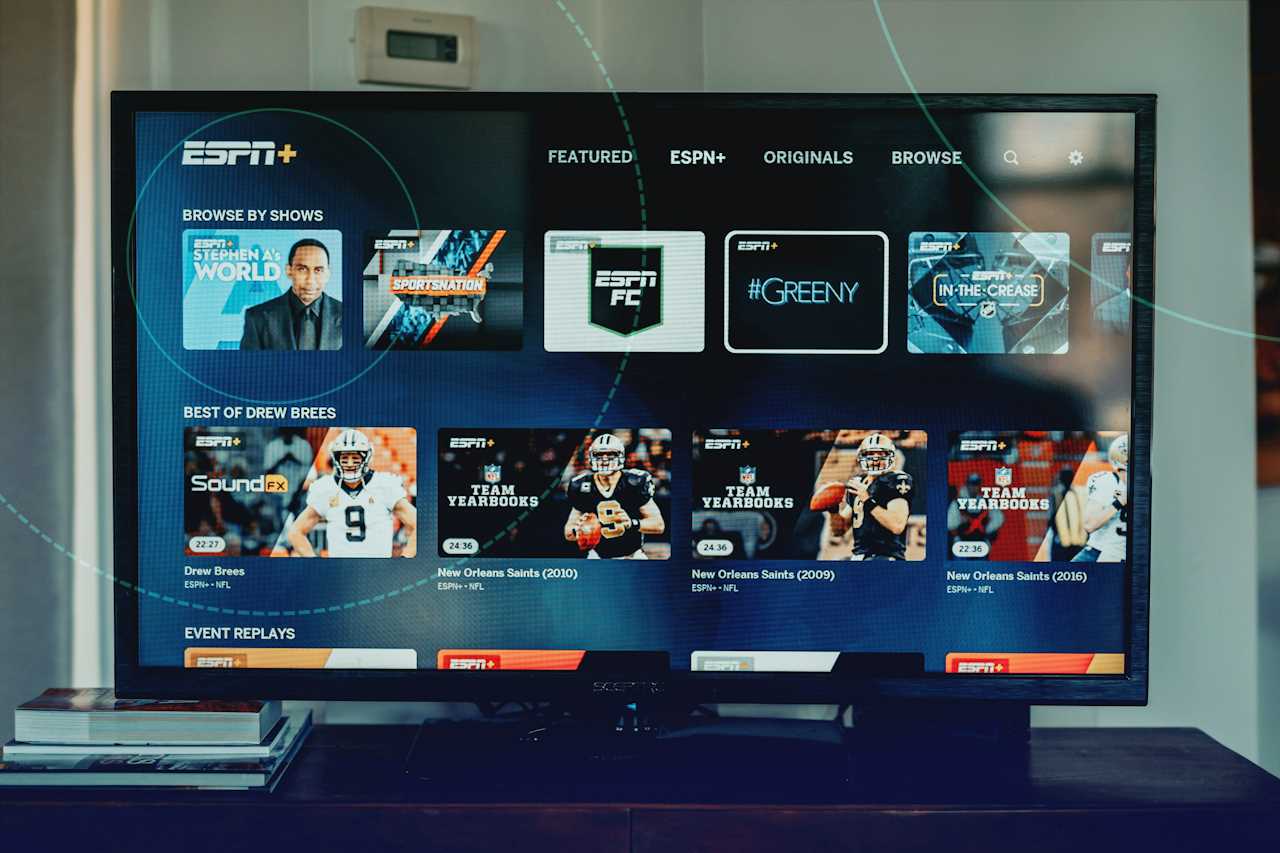Sales and marketing funnel strategies have unique goals, but both are essential for driving growth.
Sales and marketing funnel strategies have unique goals, but both are essential for driving growth
The sales and marketing funnel is actually made up of two distinct pathways, each with their individual touchpoints, conversion criteria, and objectives. While the marketing funnel casts its net wide, utilizing social media ads and content marketing to generate leads and create product awareness, the sales funnel steps in to convert these leads into paying customers.
This article navigates the nuanced landscape of both funnels, unraveling their roles in the customer journey. As we explore the layers of the marketing funnel — raising awareness, nurturing interest, and prompting action — parallel insights into the sales funnel illuminate the art of turning prospects into loyal patrons.
Ready to dig deeper? Check out our Complete Guide to Full Funnel Marketing.
Marketing vs Sales Funnel
The main difference between the sales and marketing funnel lies in their goal. The marketing funnel typically helps brands generate leads, utilizing social media ads, content marketing, and other touchpoints to advertise a product or service. A sales funnel identifies leads and converts them into paying customers using personalized sales calls, demos, and free trials. Both funnels are critical in the customer acquisition process, with marketing funnels driving awareness while the sales funnel closes deals.
What is a Marketing Funnel?
The marketing funnel is a strategic model that helps businesses identify, attract, and nurture potential customers. It represents the customer journey from the initial awareness stage until they make a purchase or need help completing a purchase. At each funnel stage, businesses use different marketing tactics and strategies to develop a relationship with customers.
Top of Marketing Funnel: Awareness
Brand awareness helps brands establish a presence in their market, differentiate from competitors, and build trust among potential customers. Through various channels such as social media, content marketing, and advertising, businesses can reach potential customers and create a strong first impression.
Middle of Marketing Funnel: Consideration
During the consideration stage, brands nurture leads by providing them with comprehensive information about the prices, features, and benefits of your product or service. This can be achieved through various channels such as email marketing, social media, or personalized consultations.
Bottom of Marketing Funnel: Action
When customers show interest in a product or service, they may signal their intent to purchase in various ways. This can include requesting more information, watching a demonstration, or adding items to an online shopping cart. These actions indicate active interest and potential intent to make a purchase.
What is a Sales Funnel
The sales funnel helps organizations understand and optimize their customer acquisition process by identifying potential friction points and optimizing the customer experience at each stage. It is a powerful tool for businesses to strategically guide potential customers through the buying process and ultimately increase sales and conversions. Understanding and implementing an effective sales funnel is crucial for any business looking to grow and succeed in the competitive market.
Top of Sales Funnel: Lead Qualification
Lead qualification is crucial in identifying potential customers who are most likely to benefit from your products or services. Begin by analyzing the fit of the prospect against your sales criteria. This involves assessing their needs, budget, authority to make purchasing decisions, and the timeline for making a purchase. Once you've identified a qualified lead, focus on building trust by providing valuable insights and information that address their pain points.
Establishing your brand as a thought leader in the industry is also essential. By sharing industry-specific thought leadership content, you position your company as knowledgeable and trustworthy, further building the prospect's confidence in your brand.
Middle of Sales Funnel: Intent
To determine a qualified lead's intent, it's important to analyze their interest in buying from you. This can be done by evaluating the level of engagement and inquiries they have made about your product or service. By understanding their specific needs and pain points, you can tailor your approach to meet their requirements and show them the benefits of choosing your solution.
Ultimately, by demonstrating the value and benefits of a client's offering, and providing a clear call-to-action, Sales teams can turn a qualified lead's interest into a successful purchase.
Bottom of Sales Funnel: Close
Following up with a lead after the initial proposal is crucial in any sales process. This step lets customers address any questions or concerns they have, which can build trust and lead to a purchase. Following up shows the potential customer that you are committed to their needs and available to provide any additional information they require.
When Should You Switch From a Marketing Funnel to a Sales Funnel?
Choosing when to use a marketing vs sales funnel impacts both the customer and the business. For the customer, it means a shift from receiving general information about a product or service to more specific details and incentives to make a purchase. For the business, this transition point represents a shift from nurturing leads to closing sales, which influences revenue and growth. However, when this point occurs varies by brand and customer.
For example, customers who need specialized training or knowledge before using a product can benefit from the one-on-one attention of a sales team. Meanwhile, apps or software with automated onboarding may prioritize marketing over sales until customers have specific questions. As a business gains a deeper understanding of its customers' needs and preferences, it becomes more effective at knowing when customers benefit between the marketing vs sales funnel.
Make tvScientific Your CTV Partner
tvScientific was co-founded by senior executives with deep roots in search, programmatic advertising, digital media, and ad verification. We think scientifically, and our results are driven by a belief in one, simple formula: Trust = Data x Transparency x Control.
With powerful attribution capabilities, real-time reporting, automated optimization, and built-in, always-on testing, we believe that tvScientific provides the most robust, transparent, tailored CTV advertising platform. Once you see it for yourself, we know you will too. Request a demo today.







